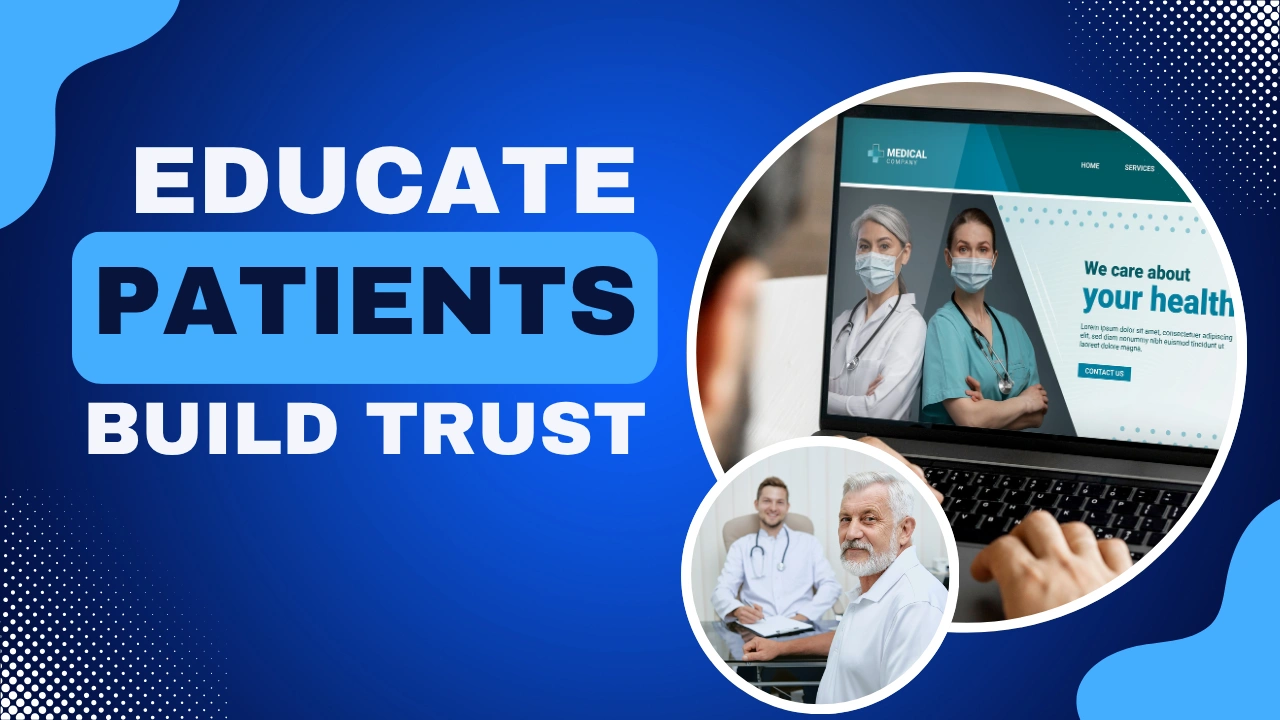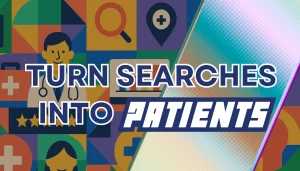Build Patient Trust Through Education
Do you want your marketing to attract the right patients, build lasting trust, and strengthen your reputation—all without sounding overly promotional? Then it’s time to focus on creating educational content for patient trust that informs, reassures, and connects with your audience. Educational content is more than just a way to share information—it’s a powerful trust-building tool that positions your medical practice as both knowledgeable and compassionate. When done right, it shows patients that you care as much about empowering them as you do about treating them.
Start with Authenticity in Educational Content for Patient Trust
Trust begins with honesty. Patients want to know that the information they’re reading comes from real expertise and genuine care. Write with authenticity by sharing your perspective as a healthcare provider. Talk about the common concerns you see, the questions patients often ask, and the challenges they face when navigating their health. Avoid overly technical language or impersonal explanations. When your content feels conversational and approachable, patients are more likely to trust the guidance you offer.
Use Educational Content for Patient Trust to Reinforce Your Mission
Educational content should reflect the core values of your practice. If your mission centers on preventive care, use your blog to teach readers how lifestyle changes can improve long-term health. If you focus on specialized treatments, explain them in simple terms that reduce anxiety and encourage confidence. By consistently connecting your educational content to your mission, you not only inform your audience—you remind them why your practice exists and how it makes a difference.
Focus on Connection Over Promotion
The goal of educational blog content isn’t to sell services—it’s to build relationships. Avoid sounding like an advertisement. Instead, write to help readers understand their symptoms, explore treatment options, and feel more comfortable seeking care. Include relatable examples or patient success stories (without personal details) that demonstrate empathy and results. When readers feel understood, they view your practice as a trusted partner rather than a business trying to gain their attention.
Make Education a Consistent Part of Your Marketing
Educational blogging shouldn’t be a one-time effort—it should be part of your long-term marketing strategy. Use your blog to answer common questions, clarify misconceptions, and share insights that empower readers to take control of their health. Extend that content to your emails, newsletters, and social posts to reach patients where they’re already spending time. Consistency builds familiarity, and familiarity builds trust.
Educational content is more than a marketing tool—it’s a bridge between your medical expertise and your patients’ needs. It shows that your practice values transparency, understanding, and patient empowerment.
Key takeaway: Don’t just promote your services. Educate, inform, and guide your patients with clarity and compassion. That’s how trust grows—and how your practice becomes the go-to choice for care.




